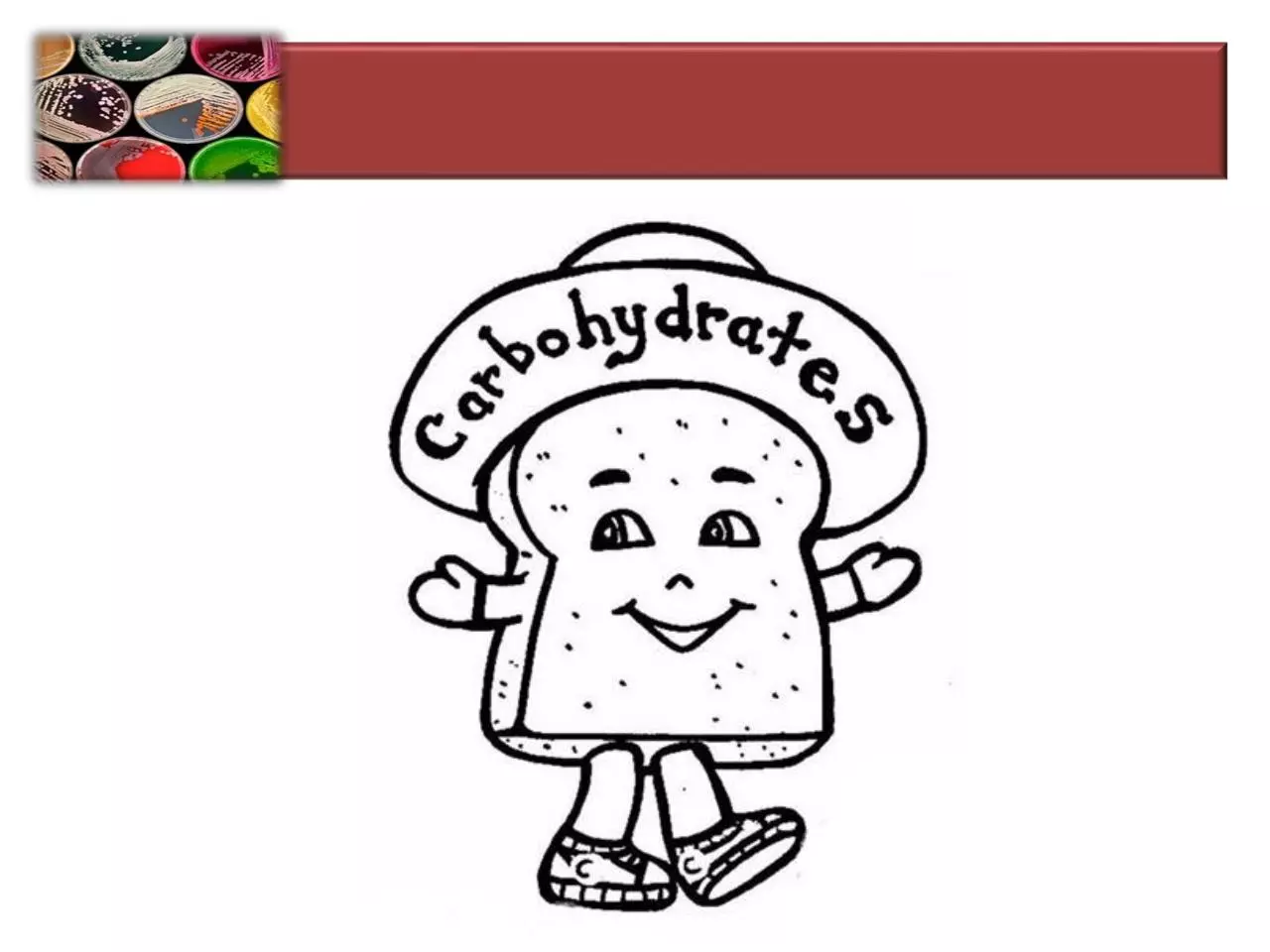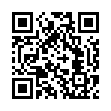Clinical diagnostic biochemistry 1 18 (PDF)
File information
Title: Biochemical instrumental analysis-1
Author: Lecturer
This PDF 1.7 document has been generated by Microsoft® PowerPoint® 2016, and has been sent on pdf-archive.com on 06/05/2018 at 00:20, from IP address 2.89.x.x.
The current document download page has been viewed 355 times.
File size: 13.69 MB (608 pages).
Privacy: public file





File preview
Clinical diagnostic biochemistry -1
CLS 334
What is
carbohydrates?
Carbohydrates, including sugar and starch, are widely distributed in
plants and animals. They perform multiple functions, ranging from
being structural components of deoxyribonucleic acid (DNA) and
ribonucleic acid (RNA) (ribose and deoxyribose sugars) to serve as
sources of energy (glucose).
Introduction
Definition
The term carbohydrate refers to hydrates of carbon (one molecule
of water per carbon atom).
Glucose is derived from:
(1) The breakdown of carbohydrates in the diet or in body stores
(glycogen).
(2) Endogenous synthesis from protein or from triglycerides.
When caloric intake exceeds needs:
the excess is converted to fat for storage in adipose tissue and
glycogen for storage in liver.
When energy needs exceeds caloric intake:
Endogenous
glucose
formation
from
the
breakdown
carbohydrate stores and from non - carbohydrate sources.
of
Classification
Monosaccharide:
Monosaccharides, or simple sugars, consist of a single sugar unit and
cannot be hydrolyzed to a simpler form. Sugars containing three,
four, five, six, and seven carbon atoms are known as trioses, tetroses,
pentoses, hexoses, and heptoses respectively..
Disaccharides:
Two monosaccharides join covalently with the loss of a molecule of
water, to form a disaccharide, so it can be hydrolyzed to simpler
form.
The most common disaccharides are:
Maltose = glucose + glucose
Lactose = glucose + galactose
Sucrose = glucose + fructose
سلم
Polysaccharides:
The linkage of multiple monosaccharide units results in the
formation of polysaccharides. The major storage carbohydrates are
starch in plants and glycogen in animals, both of which form
granules inside cells.
Story of glucose
After a meal, carbohydrate is broken
down to glucose, absorbed into the
bloodstream, and carried to the body’s
cells. On seeing, the glucose level in
blood, pancreas secret’s insulin that
help the cell to consume glucose for its
energy.
Download Clinical diagnostic biochemistry - 1-18
Clinical diagnostic biochemistry - 1-18.pdf (PDF, 13.69 MB)
Download PDF
Share this file on social networks
Link to this page
Permanent link
Use the permanent link to the download page to share your document on Facebook, Twitter, LinkedIn, or directly with a contact by e-Mail, Messenger, Whatsapp, Line..
Short link
Use the short link to share your document on Twitter or by text message (SMS)
HTML Code
Copy the following HTML code to share your document on a Website or Blog
QR Code to this page

This file has been shared publicly by a user of PDF Archive.
Document ID: 0001872041.